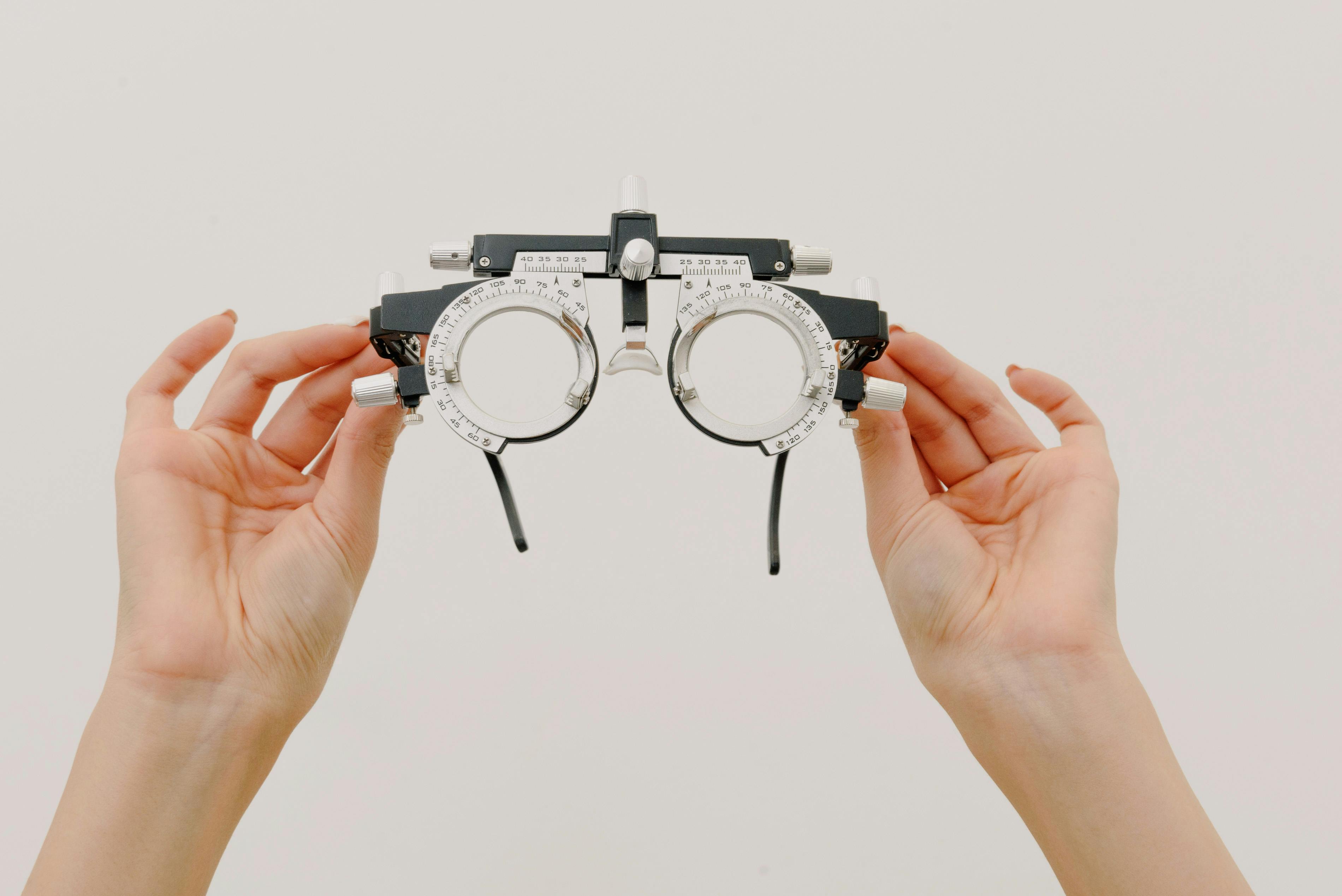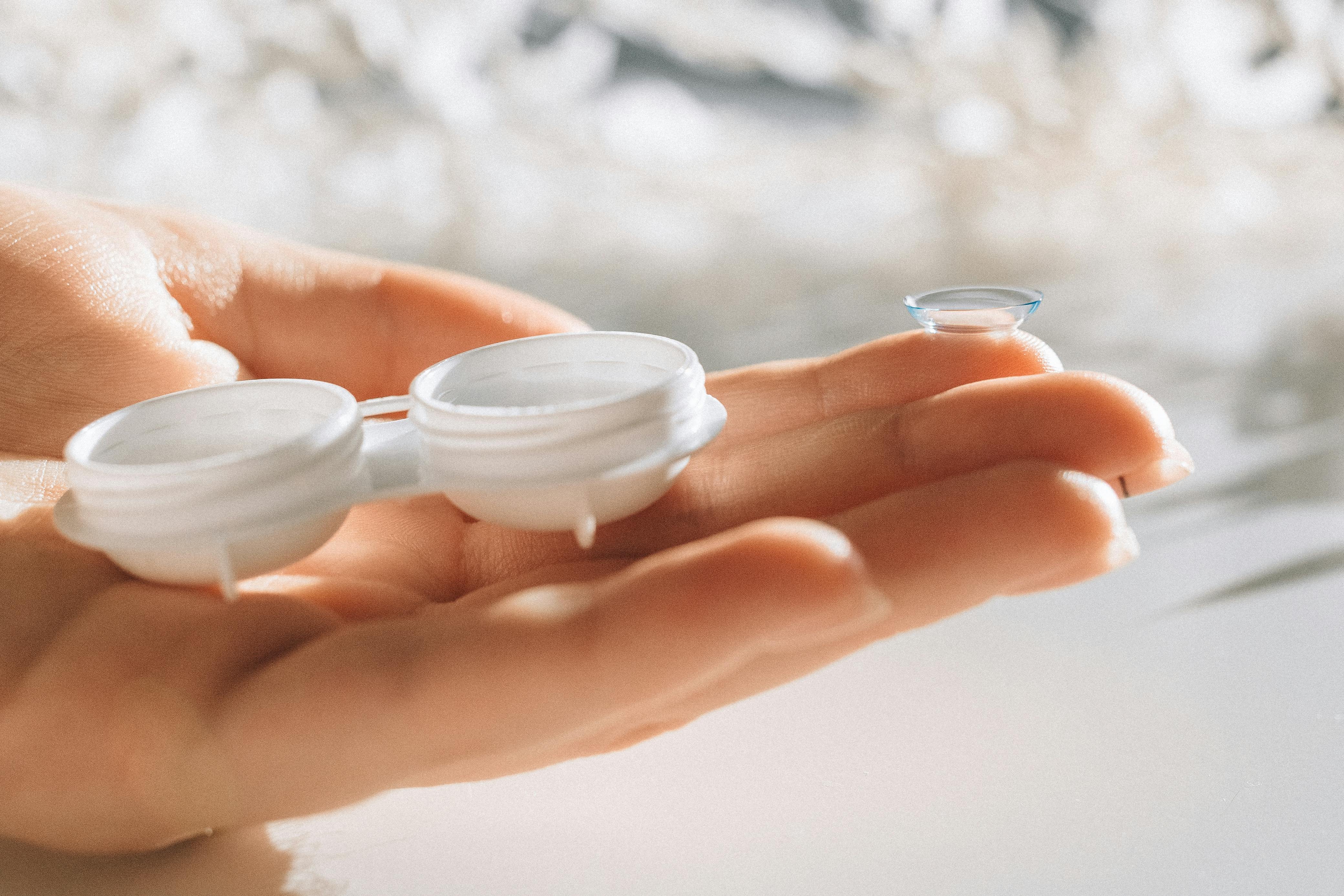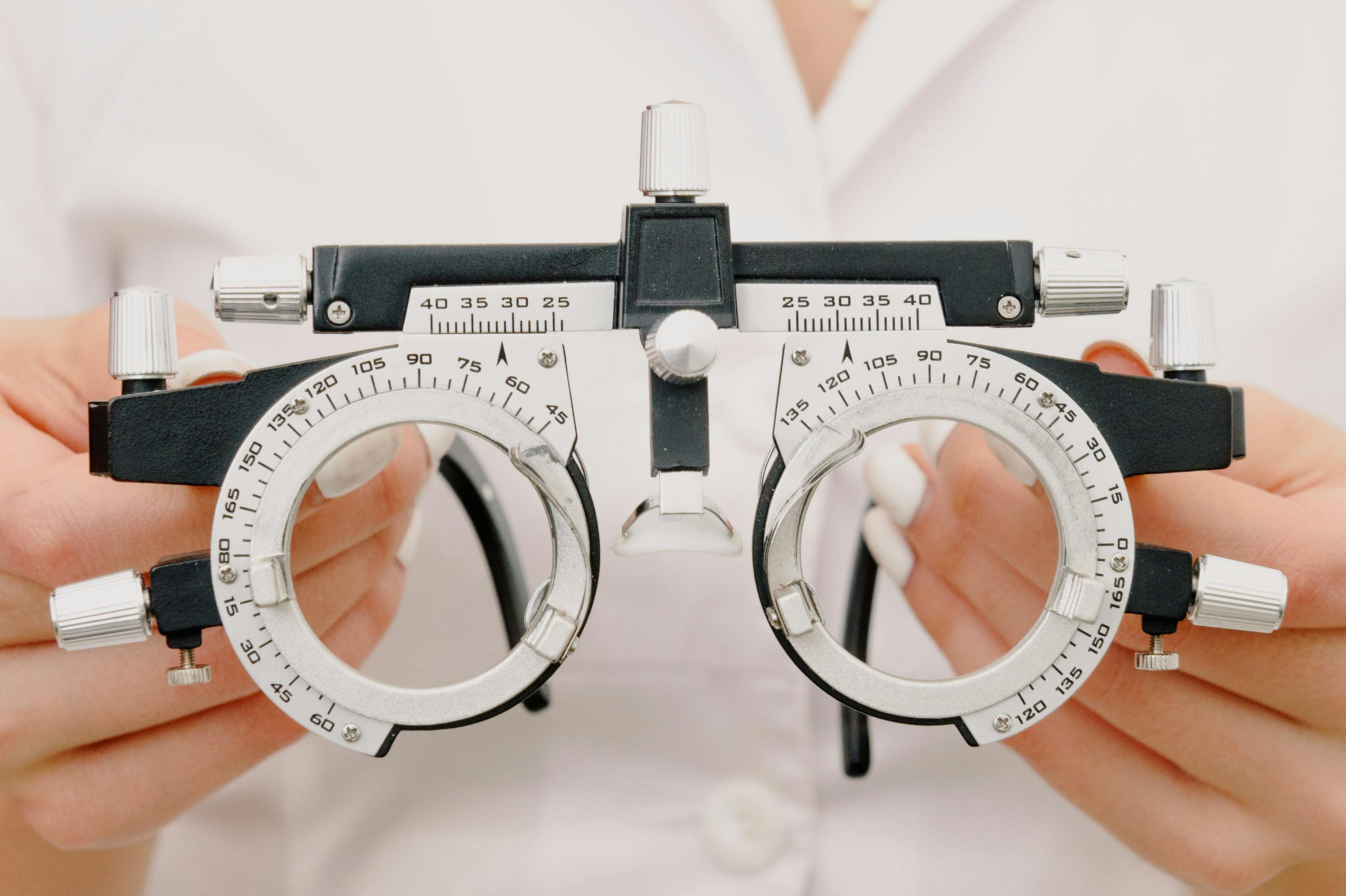In today's modern world, screens have become a vital part of our lives, from mobile phones and tablets to computers and televisions. The extensive use of screens has made dry eyes- a common occurrence among the masses.
What is a dry eye?
A dry eye is a condition in which the eyes can’t produce ample tears, which is essential for lubrication. Inadequate tears lead to the inflammation of the eyes, which damages the eye surface and leads to eye infections. One can experience dry eyes on the plane, looking at a computer screen for extended hours, riding a motorcycle, being in an air-conditioned environment, etc.
Causes of dry eyes
Many factors interrupt the healthy tear film and lead to dry eyes. Our eyes have three layers: Aqueous fluid, mucus and fatty oil. These layers keep the surface of the eyes lubricated and clear. The problem in any of these layers results in dry eyes, and there are many reasons for this, such as autoimmune disease, hormone changes, and many more. However, the causes of dry eyes for many are decreased tear production and increased tear evaporation.
How to cure dry eyes
- Stop smoking
- Use artificial tears
- Be aware of your environment
- Take regular breaks
- Stay hydrated
Read the detailed blog on our website: Dry Eye: A Comprehensive Guide to Symptoms, Causes, Prevention, and Treatment.











